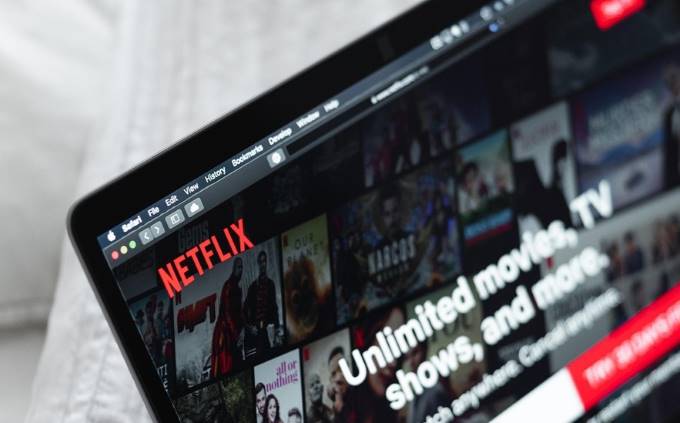
Netflix (NFLX-US) is hitting rewind on its share price. The streaming giant announced a 10-for-1 stock split on Thursday (Nov. 30), sending its shares up more than 3% in after-hours trading. While the move doesn’t change Netflix’s fundamentals, it does make the stock more accessible to retail investors and employees.
The Details of the Split
Netflix shares closed at $1,089 on Thursday, up 42% year-to-date. Under the split, shareholders of record as of Nov. 10 will receive nine additional shares for every one they hold. The new shares will be issued on Nov. 14 and begin trading at the adjusted price on Nov. 17.
The company said the split is designed to "reset the market price of the company’s common stock to a range more accessible to employees participating in the employee stock option program."
Why It Matters
At over $1,000 per share, Netflix is one of the top 10 S&P 500 stocks by price, joining a small club of companies trading in four digits. Stock splits are a common way to bring lofty share prices back down to earth.
That said, in today’s world of fractional-share trading, the practical impact is less clear. Investors can already buy slices of expensive stocks through most brokerage platforms. Still, splits often carry a psychological boost, signaling confidence and making shares feel more approachable.
A Look Back
This isn’t Netflix’s first split. The company has done it twice before—once in 2004 and again in 2015. Both times, the stock went on to deliver strong long-term gains, though history doesn’t guarantee a repeat.
For comparison, Warren Buffett has famously resisted splitting Berkshire Hathaway’s Class A shares (BRK.A-US), which now trade above $717,000 apiece. Instead, he created Class B shares (BRK.B-US), currently around $478, to give smaller investors access. Netflix, by contrast, is sticking with the traditional split playbook.
The Bigger Picture
Netflix’s stock has surged over the past three years, fueled by subscriber growth, international expansion, and a steady pipeline of original content. The split comes as the company continues to cement its place among the mega-cap tech names that dominate the S&P 500.
For employees, the move could make stock options more attractive and easier to exercise. For retail investors, it lowers the sticker shock of buying a single share. And for Wall Street, it’s another reminder that Netflix is playing in the same league as other trillion-dollar tech titans.
The Bottom Line
A stock split doesn’t change Netflix’s earnings, revenue, or competitive position. But it does change perception—and perception matters in markets. With shares already up more than 40% this year, the split could add momentum heading into 2026, even if the fundamentals remain the same.
